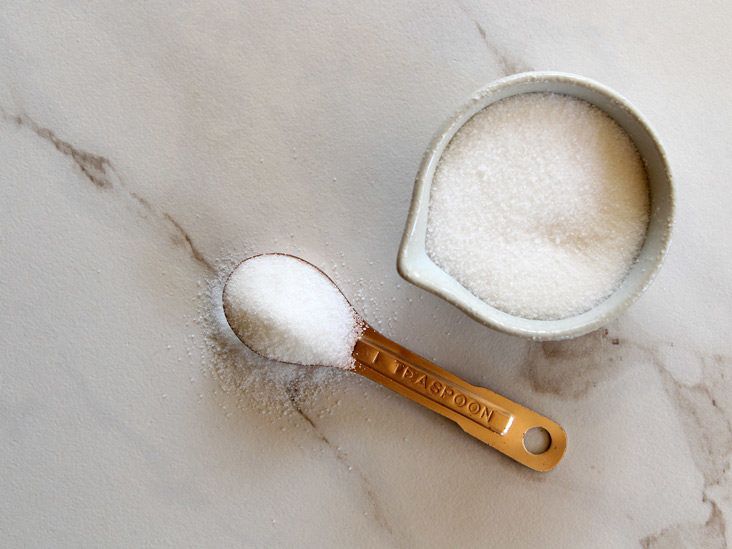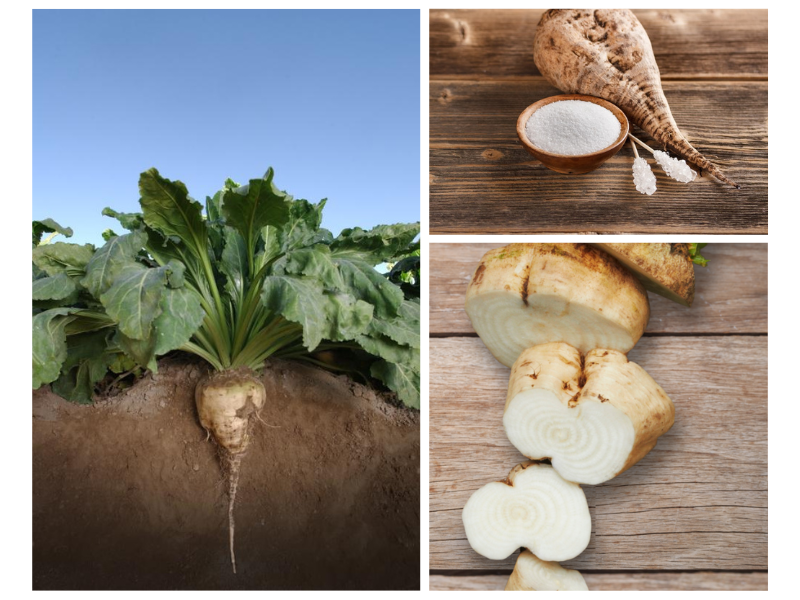The Ultimate Contrast: Beet Sugar vs. Cane Sugar Explained
The comparison in between beet sugar and cane sugar offers a remarkable exploration of two primary sweeteners in the culinary world. While both sugars share a common structure of sucrose, their beginnings, processing techniques, and flavor accounts split dramatically.
Origins of Sugar Sources
The origins of sugar sources are mainly rooted in two distinctive plants: the sugar beet and the sugar cane. Sugar cane, a tropical yard indigenous to Southeast Asia, has actually been cultivated for over 2,500 years. Historically, it was initial tamed in New Guinea and later on spread out to India, where it came to be an important part of the society and economy. The procedure of removing sugar from cane ended up being well-established, leading to its prominence in profession throughout the Middle Ages.
In comparison, sugar beet is a relatively modern-day resource, developed in Europe throughout the late 18th century as a reaction to sugar cane scarcities. The plant thrives in temperate environments, making it ideal for cultivation in regions such as France and Germany. The successful extraction of sugar from beetss marked a significant agricultural improvement, as it supplied a different to cane sugar, specifically during durations of trade disruption.
Both plants have actually played critical duties fit the worldwide sugar market. Their distinct development environments and historical contexts highlight the variety of sugar sources, ultimately affecting regional agricultural techniques and economic advancement.

Processing Methods Clarified
Various processing techniques are utilized to extract sugar from both sugar beet and sugar cane, each customized to the particular characteristics of the resource product. When it comes to sugar beetss, the procedure begins by collecting the origin and after that washing it to remove soil and contaminations. The beetss are after that sliced into slim strips, referred to as cossettes, and subjected to warm water removal, which dissolves the sugar. The resulting juice undertakes explanation, where lime and heat are made use of to remove impurities. This juice is after that focused through evaporation and condensation, yielding raw sugar.
Conversely, sugar cane handling entails a different technique. First, the cane is harvested and mechanically crushed to extract the juice. This juice is then cleared up, commonly using heat and lime, to get rid of pollutants. The made clear juice is focused via dissipation, comparable to beet sugar processing, prior to formation occurs. Both processes finish in the manufacturing of raw sugar, which might undergo more refining to achieve the wanted pureness and top quality. Despite the distinctions in their first processing phases, the end products are largely comparable, causing sugar that is chemically indistinguishable.
Nutritional Differences

When contrasting beet sugar and cane sugar, noteworthy dietary differences arise, though they are often refined. Both sorts of sugar are primarily composed of sucrose, offering approximately the exact same caloric web content-- around 4 calories per gram. The distinctions exist in their trace mineral web content and the existence of particular substances that may have minimal nutritional effects.
Beet sugar includes tiny quantities of iron, potassium, and calcium, while cane sugar typically supplies slightly higher concentrations of these minerals. In addition, cane sugar may preserve even more natural molasses throughout processing, which can contribute to map quantities of anti-oxidants and other valuable compounds. This is specifically true for less refined ranges, such as raw cane sugar.
Despite these distinctions, both beet and cane sugars are mainly composed of basic carbohydrates, with a high glycemic index, causing similar effects on blood sugar levels. As such, while there are minor dietary differences, the general health impact of eating either key in moderation continues to be largely equal. beet sugar vs cane sugar. People looking for to decrease sugar consumption for health and wellness factors should think about both kinds with equivalent scrutiny, focusing on total nutritional patterns instead of the source of sugar
Preference Profiles Contrasted
Preference accounts of beet sugar and cane sugar display distinctive features that can influence their culinary applications. Cane sugar, frequently viewed as having an extra complex, nuanced sweetness, is obtained from the tall turf of the sugar cane plant.
On the other hand, beet sugar, removed from sugar beetss, is recognized for its cleaner, a lot more uncomplicated sweet taste. This top quality makes it specifically appropriate for recipes needing my latest blog post a neutral sweetening agent that allows other flavors to beam. Some cooking experts argue that beet sugar might leave a somewhat natural aftertaste, which can be undesirable in delicate desserts.
Furthermore, the understanding of sweetness strength varies between the 2, with some tasters determining cane sugar as sweeter contrasted to beet sugar at equal measurements. Ultimately, the selection between beet and cane sugar may depend upon the certain application, with each sugar offering distinct characteristics that can enhance or match numerous dishes. Recognizing these differences enables informed decisions in culinary practices.

Ecological Effect
The environmental impact of sugar manufacturing-- whether from beet or cane-- has amassed increasing attention over the last few years due to its implications for sustainability and eco-friendly health and wellness. Both sugar sources exhibit unique environmental impacts, influenced by farming methods, land usage, and source intake.
Cane sugar manufacturing commonly necessitates big locations of tropical land, which can lead to deforestation and loss of biodiversity. Additionally, the farming of sugarcane is often connected with high water use and considerable chemical and fertilizer application, adding to dirt degradation and water pollution.
On the other hand, beet sugar is predominantly grown in warm regions, normally needing much less water and land. Its cultivation can still involve the use of chemical inputs, influencing find out this here local environments. The energy-intensive handling of beet sugar can add to greenhouse gas discharges.
Sustainable farming methods and developments in innovation are crucial for mitigating the environmental impacts of sugar manufacturing. Organic farming techniques, incorporated insect monitoring, and efficient water usage can boost the sustainability of both beet and cane sugar industries, inevitably bring about a lowered eco-friendly footprint and a much healthier earth.
Final Thought
In summary, the contrast in between beet sugar and cane sugar highlights both resemblances and distinctions that affect their application. Cane sugar is defined by its intricate sweetness, while beet sugar offers an extra uncomplicated taste.
The beginnings of sugar sources are mainly rooted in two distinct plants: the sugar beet and the sugar cane.Different processing techniques are used to remove sugar from both sugar beet and sugar cane, each customized to the specific qualities of the resource material.Beet sugar has little quantities of potassium, iron, and calcium, while cane sugar commonly uses a little greater focus of these minerals.Despite these differences, both beet and cane sugars are predominantly made up of easy carbohydrates, with a high glycemic index, leading to similar effects on blood sugar levels. Cane sugar, commonly regarded as having an extra complicated, nuanced sweetness, is obtained from navigate to this site the tall turf of the sugar cane plant.